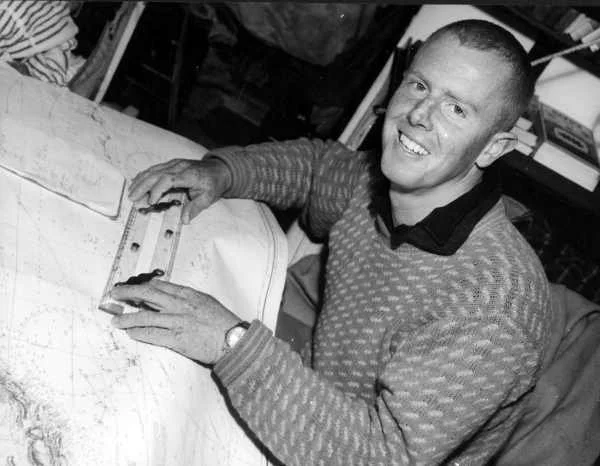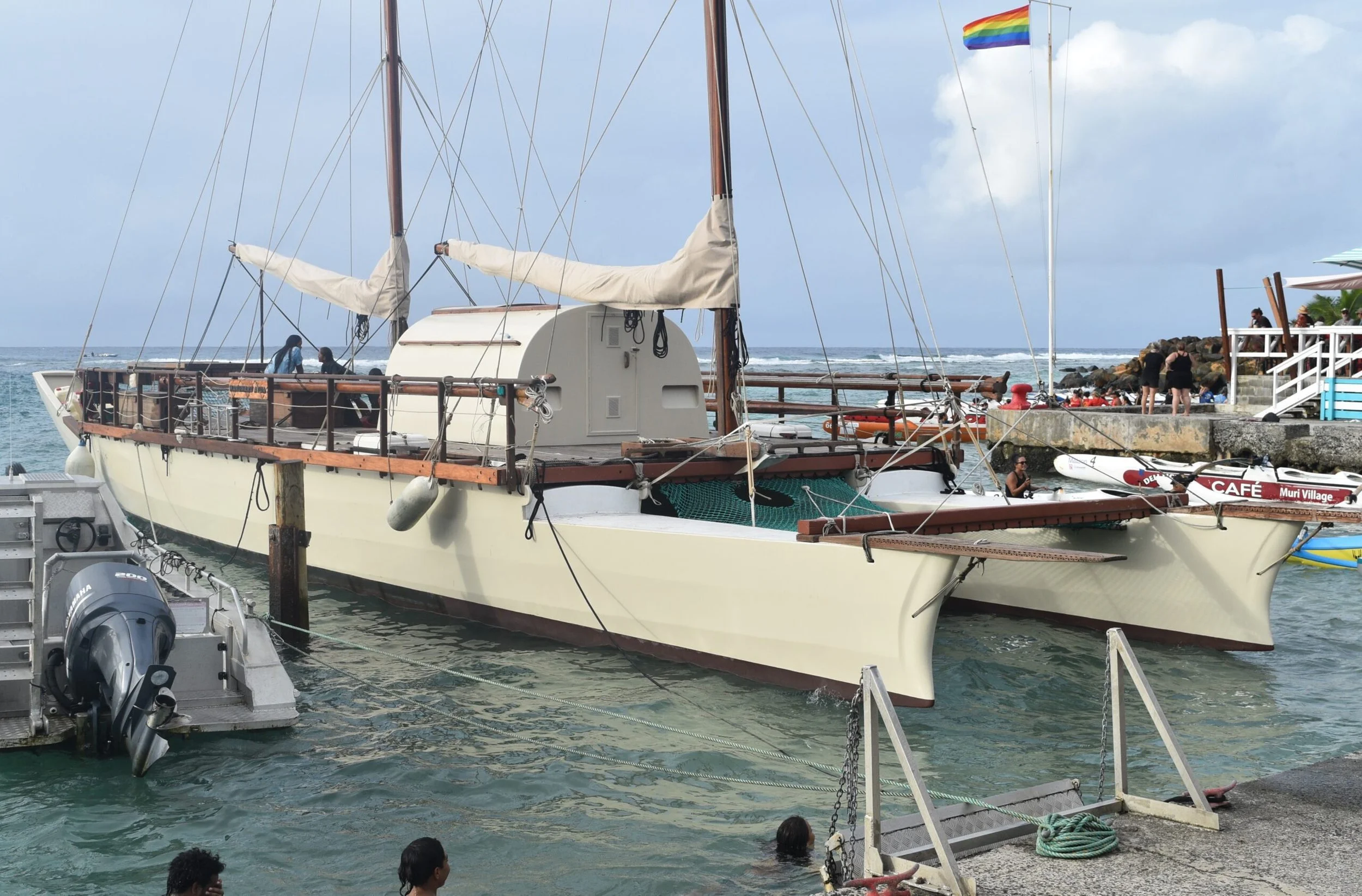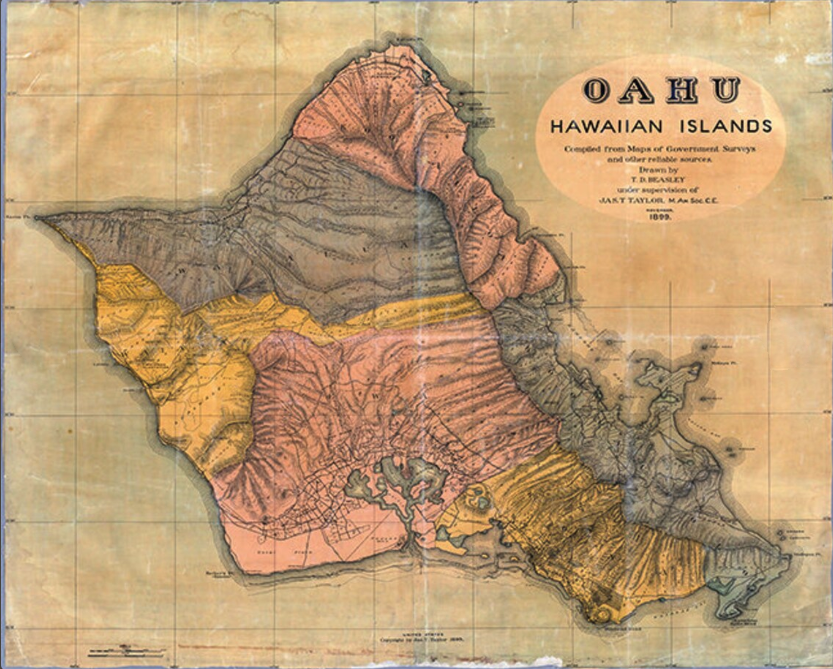Story Updates
A few of our recent articles need an update. Or in some cases have led to comments and additions from our frighteningly well informed reader base, that are worthy of sharing.
Bill Nance Brilliance from 27th May
created a flurry of interest and comment.
Annie Hill (who wrote last week’s book review) writes…
“What a wonderful interview. I have always wanted to know more about Bill Nance - definitely an unsung hero. I'm not fond of podcasts, so I read the transcript: possibly that gives it a different feel (I could go back and read things two or three times). What was really rather amusing was how incrediby laconic Bill was, while the interviewer, as interviewers will, was all about "how big were the seas, tell me about the big gales, weren't you frightened, weren't your excited, didn't everyone make a big deal of it (like I am) and, tell me how you got to Port Townsend?". Bill more or less replied, "pretty big, yeah, some strong winds, too busy to be scared, no, I guess I was just glad, no, generally people were pretty accepting, well, yeah, but first I went to ...". Wonderful. The interviewer found it hard to imagine sailing without modern navigation aids, communications or up-to date charts, let alone an EPIRB. The standout comment from Bill? "No, no. I entirely disagree with that approach to going to sea. People who go to sea with the notion that, "Well, if I get into trouble, I'll call the coast guard," or whatever. I think if you go out there, you go out there, you look after yourself. That was my approach. I didn't want anyone to come help me, or whatever. "
He has had a pretty remarkable life altogether. I felt that nothing ever fazed him - the benefits of growing up pretty self-sufficient! A life well lived and it's wonderful to hear that he is still living it.
Brilliant indeed.”
Ann Chivers in Perth gave SWS good leads for the Bill Nance story.
It seems Bill Nance’s modesty made him a sailing enigma. Don Wilson in Sydney was battling from the 1990's to find out more about Bill, his voyage and to win him recognition that took another 30 years.
In 1963 after Bill was dismasted in the Indian Ocean, he was welcomed by Comm. Mervin Finn, an offshore Tumlaren sailor and members of the Royal Freshwater Bay YC. Ann and her husband Laurie Chivers Shipwrights built a new mast for CARDINAL VERTUE.
Our story prompted Ann to email SWS again this week; ‘Found this among yachting stuff, written 34 years ago. We have a long running weekly page in our ‘West Australian’ newspaper called 'can you help'. Don Wilson had put in a request for information about Bill Nance. I must have responded’.
Don Wilson’s letter from a typewriter. Apple Macintosh rare in 1990
Martin Chambers who contributes regularly to SWS commented
“My father, who worked for the West newspaper, interviewed Bill Nance when he arrived in Fremantle. I was six, and I remember dad being very impressed, a hard thing to do to an ex navy man. Later, dad bought a Vertue, YACAABBA, but he was by that time too old to do too much. So at 22 my brother and I bought our first yacht. We weren't going to make the same mistake. Live your dreams, and they start now. Thank you Bill Nance.”
And Graham Cox who you are going to be hearing more from soon adds…
“I am delighted to see this article about Bill Nance in SWS - he is definitely one of the unsung heroes of ocean cruising. As mentioned in my recently published two-volume memoir, Last Days of the Slocum Era, Dr David Lewis mentioned him to me in 1966, on the International Jetty in Durban when I was 14 years old. At the time, I thought the Vertue was impossibly small for ocean cruising, even in the tradewinds, since I knew nothing about boats, and was standing next to a 46', 50-ton, Colin Archer-designed, ex-Norwegian rescue vessel, Sandefjord, that had just completed a circumnavigation out of Durban. Just ahead of Sandefjord's massive bowsprit lay another Vertue, called Vertue Carina, which had just sailed in from Hong Kong.
A couple of years later, at the ripe old age of 16, I was a passionate admirer of the Vertue class, (and a self-proclaimed expert in the field) having read hundreds of sailing books, which I found in the Durban Central Library, and discovered the iconic status and ocean voyaging record of this amazing design. But the story of Bill Nance remained mysterious.
I migrated to Australia in 1972, at the age of 20, and met up again with David Lewis, who became a close friend. We often talked about Bill Nance and his astonishing voyage, but David only knew the bare facts as well. the broken mast, a broken bone, being forced to leave Australia sooner than he desired due to Australian Customs laws pertaining to Cardinal Vertue being a foreign-registered ship. David had no idea of what became of Bill or Cardinal Vertue.
Don Holm's book, The Circumnavigators, sheds some light on the subject, but not much, as the author was relying on the public record, and the book contained little new material on any of its subjects (but I loved its dust jacket, a photo of Suhaili near the end of Robin Knox-Johnston's non-stop circumnavigation). It is only recently that I discovered Nicholas Grey's book, Astronauts of Cape Horn, which has a chapter devoted to Bill's voyage, and includes an interview with him. Even Grey's book lacks significant detail. As for Cardinal Vertue, I saw a photo of it ashore in an east coast USA boatyard a few years ago, in a sadly derelict state.
So this article, with it's long audio interview with Bill Nance, and some fresh photos, is quite thrilling. It is also astonishing, as Bill Nance has a reputation for being a very private man. As something of an obsessive on the subject, and historian of cruising under sail, I think it is priceless. Well done, SWS!”
Finally Greg Dwyer (now resident in the UK)
points out that VERTUE FIDELIS is currently for sale in Dartmouth with Wooden Ships
FestPAC: Traditional voyage from Rarotonga to Hawai'i sets sail from May 14th 2024
MARUMARU in Avatiu harbour, Cook Island before departure
Its hard to find much information on this voyage, but from Marine traffic and one small article in Hawaii News Now it looks like they made it to Sand Island, Honolulu.
From HawaiiNewsNow
HONOLULU - Hawaii will host the Festival of Pacific Arts and Culture for the first time next week, and over 27 Pacific island countries will participate.
On Saturday, the Cook Islands voyaging canoe Marumaru Atua arrived at Sand Island.
“It’s always been a big thing to celebrate our culture. This is the main part of our traditions, and our culture is our canoe,” Voyager from the Cook Islands Peia said.
It took the 16-person crew 21 days and 3,200 miles to get here.
More details have emerged in regards to the sinking of the DE GALLANT which we covered in an article last week
Greg Dwyer pointed us to some background on the ship HERE, and then James Thompson sent us a link to some critical anaysis of the event entitled “De Gallant Owner Blames 'Unforeseen' Storm for Loss. American Forecaster Calls BS”.
Annie Hill (mentioned above) added some notes from her own experience.
“This is reminiscent of the "Marques" incident and I wonder if it was the same issue. The "Marques", barque-rigged, was overwhelmed in a similar area - the so-called Bermuda Triangle - back in the 80s. To cut a long story short, the conclusion of the enquiry into her loss, was that the traditional rig had been set up so that if items of the rig were over-stressed, they failed. So the topmast would fall, a yard would break, the rigging would part: in other words, the ship would self-destruct before she sank. "Marques" was rigged with wire, rather than rope, and I think, with polyester sails. Under severe loads things didn't break, instead forcing the ship to capsize.
I cannot help wondering why these 'green' cargo ships don't look at junk rig. Its overwhelming safety feature is the ability to dump the sail in a few moments. Even scaled up to the size of DeGallant, the rig would be infinitely easier to handle than a gaff schooner. And junk rigs were sailing to windward long before Westerners worked out how to do it. I know I'm a junkie and could be judged prejudiced, but I'm perfectly serious in making this suggestion. And of course junk hulls were divided by many watertight bulkheads, which also added to the safety of the vessel.”
And for those of you who enjoyed one of our most popular stories of the year so far, "TIME TO GO” by Val Nicholls
The AWBF has launch series two of its BOAT FOLK films and the first episode features Val and AZIZA filmed before their trip up the East Coast. Enjoy the story below.
We love hearing from our readers. The depth and breadth of knowledge out there is extraordinary. Add your thoughts either in the comments section at the bottom of each article or by emailing us directly.






